
Plymouth Rock in Massachusetts has long been a symbol of early American history, representing the Pilgrims’ landing in the New World in 1620. Located on Plymouth’s beautiful coast, this historic site plays a central role in Thanksgiving traditions and the American story of perseverance and friendship. Although the tale of Plymouth Rock has been shaped by myths, its role in U.S. history remains significant.
In this blog, we’ll delve into the history of Plymouth Rock, the Pilgrims’ journey, the story of the first Thanksgiving, and why Cape Cod—a neighboring area rich in natural beauty and historic charm—is a popular New England vacation destination today. Whether you’re a history enthusiast or a beach lover, a visit to Plymouth and Cape Cod offers an enriching experience for all.
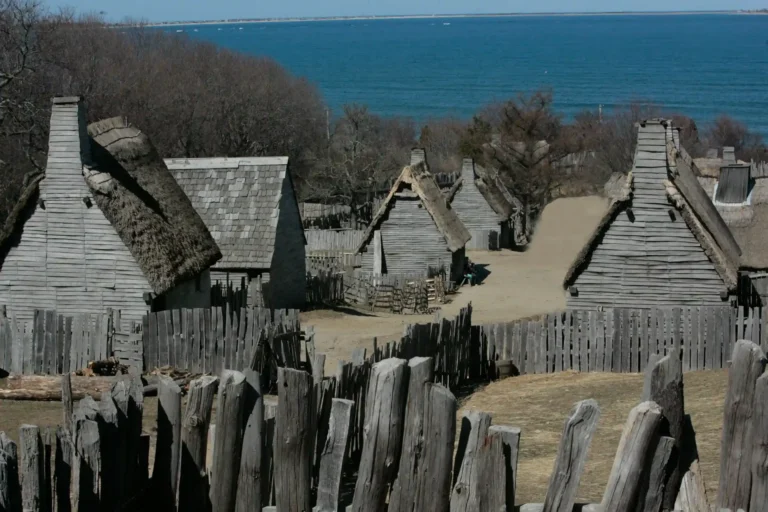
Plymouth Rock, situated along the shores of Plymouth Harbor, is celebrated as the landing site of the Pilgrims. While the accuracy of this specific location is debated, the rock has become an iconic American symbol. Measuring about 10 feet in length today, Plymouth Rock commemorates the founding of the Plymouth Colony—marking a monumental event in U.S. history.
The Pilgrims arrived in December 1620, facing harsh winter conditions and scarcity of resources. This challenging environment led them to establish Plymouth Colony along the coast, where they could find some shelter and resources. The Pilgrims, a group of English Puritans who fled to escape religious persecution, were among the first European settlers to establish a permanent colony in what is now the United States.
Plymouth Rock only gained symbolic prominence during the 18th century, referenced in speeches, artworks, and writings as a representation of the Pilgrims’ perseverance. Today, the rock is preserved within Pilgrim Memorial State Park and draws millions of visitors who want to connect with this significant moment in American history.
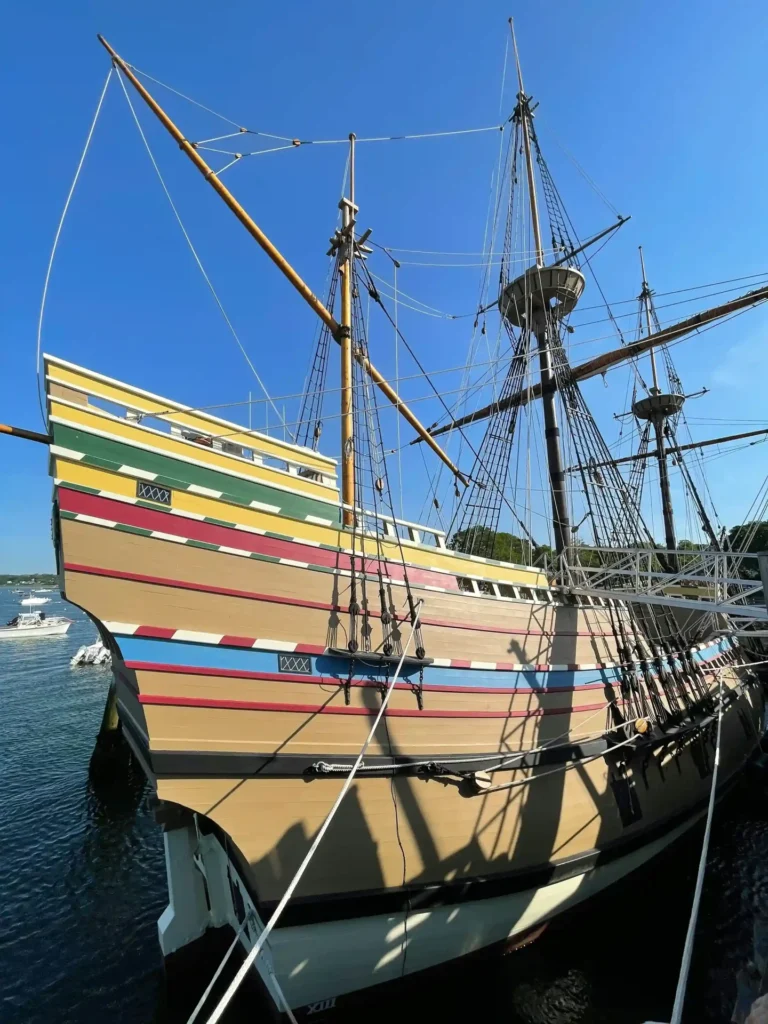
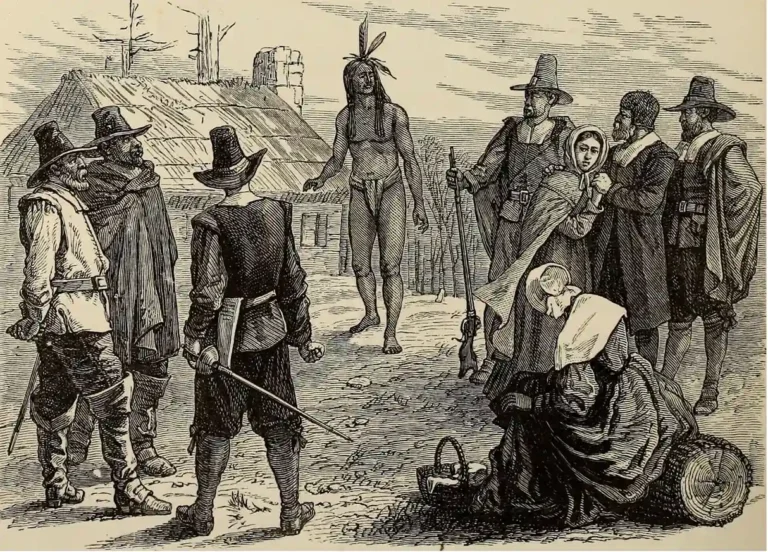
The Pilgrims’ journey began in 1608 when a small congregation in England sought religious freedom. They eventually decided to leave Europe entirely, establishing a new community in the New World. With support from English investors, they set sail aboard the Mayflower in September 1620, carrying 102 passengers, including men, women, and children, who crossed the Atlantic in search of freedom and opportunity.
After a difficult 66-day journey, the Mayflower arrived at Cape Cod in November 1620. Originally bound for Virginia, the ship anchored in Provincetown Harbor due to storms and dwindling supplies. The Pilgrims spent weeks exploring Cape Cod, acquainting themselves with the rugged, resource-rich land. By December, they crossed Cape Cod Bay to settle in Plymouth, where they would establish their colony.
However, their first winter in Plymouth was harsh, and the settlers faced severe food shortages and disease. By the spring of 1621, half of the original settlers had perished. At this time, the Pilgrims encountered the Wampanoag Tribe, who had lived in the region for centuries. Chief Massasoit, the Wampanoag leader, saw an opportunity for mutual benefit and cooperation. Enter Squanto, a member of the Patuxet tribe, who became an invaluable guide to the Pilgrims.
Squanto’s story is remarkable. Years before, he had been captured by English explorers, taken to Europe, and sold into slavery. After escaping, Squanto returned to his homeland only to find his tribe decimated by disease. Living with the Wampanoag, Squanto understood both Native and English cultures, making him a crucial bridge between the two.
Seeing the Pilgrims’ struggles, Squanto taught them essential survival skills, including how to plant corn using fish as fertilizer, harvest clams, and find native plants. His ability to communicate in English enabled him to foster cooperation. In the spring of 1621, Chief Massasoit and the Pilgrims’ Governor, John Carver, formalized an alliance for mutual protection and assistance. This cooperation laid the foundation for the first Thanksgiving celebration later that year.

The first Thanksgiving, held in the fall of 1621, marked the Pilgrims’ successful harvest and became a memorable event shared between the Pilgrims and the Wampanoag people. Governor William Bradford organized the feast as a way to thank both God and the Wampanoag for the assistance they had received. Chief Massasoit and around 90 Wampanoag members joined the Pilgrims, and together they celebrated with a diverse feast.
The foods served at this First Thanksgiving included both Pilgrim and Native American contributions. The Pilgrims’ successful harvest provided corn, beans, squash, and barley, while the Wampanoag contributed venison. Fresh seafood, such as clams, fish, and lobsters from Cape Cod Bay, were also served, as well as wild fowl, likely including ducks, geese, and possibly wild turkeys. Beyond the meals, the three-day celebration included games, singing, and activities that fostered a sense of camaraderie. For the Pilgrims, Cape Cod’s rich resources and scenic coastlines had been essential to their survival, serving as a critical stepping stone in their journey.
While this first Thanksgiving happened one time over 3 days, the idea of setting aside a day for giving thanks grew over time. In 1863, amid the Civil War, President Abraham Lincoln proclaimed Thanksgiving a national holiday, thanks in part to the efforts of writer Sarah Josepha Hale, who had campaigned for years to make it official. Lincoln set the holiday for the last Thursday in November, giving rise to the annual tradition that Americans celebrate today.
Today, Cape Cod remains an area of natural beauty and historic interest, attracting visitors who want to explore both the Pilgrims’ legacy and New England’s coastal charm.
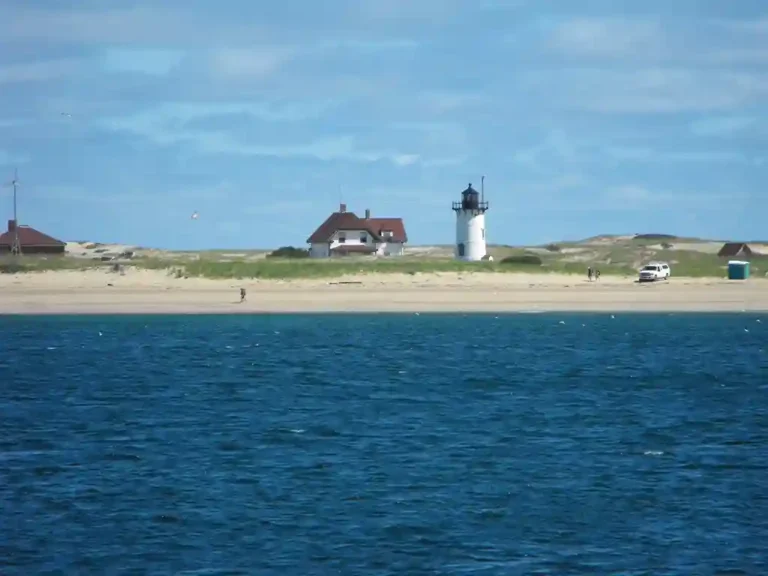
Cape Cod, a scenic peninsula just an hour’s drive from Plymouth, is one of New England’s top vacation spots. This beautiful region offers a blend of rich history, stunning landscapes, and charming coastal towns, making it a perfect place to experience both history and relaxation. The perfect time is June and September before and after summer break.
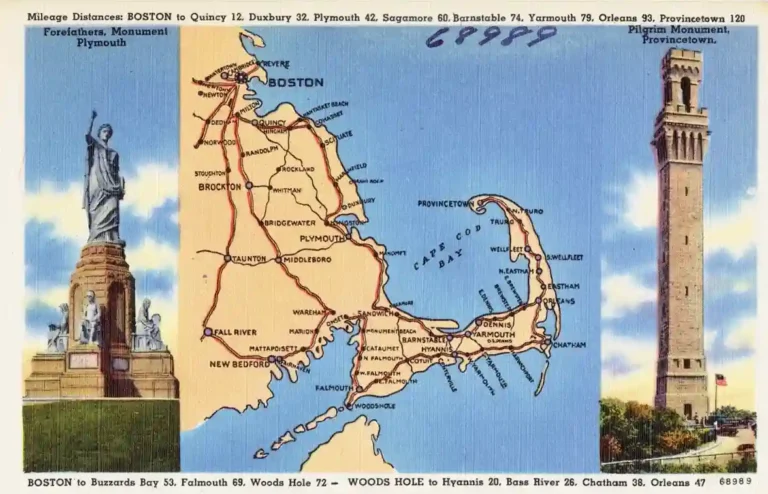
For history lovers, Cape Cod attractions include important sites connected to the Pilgrims’ journey. In Provincetown, visitors can climb the Pilgrim Monument—the tallest all-granite structure in the U.S.—which commemorates the Pilgrims’ first landing in the New World. Provincetown is known for its artsy vibe, cozy restaurants, and vibrant community, making it a great spot to explore after a day of sightseeing.
The best things to do in Cape Cod include:
Charming Villages and Cape Cod Restaurants: Cape Cod’s villages, including Chatham, Wellfleet, and Falmouth, offer picturesque scenery, fresh seafood from the Atlantic Ocean.
Some of these dining spots include:

Unique shops such as:

Ideal for a summer or fall getaway, these towns provide an authentic Cape experience.
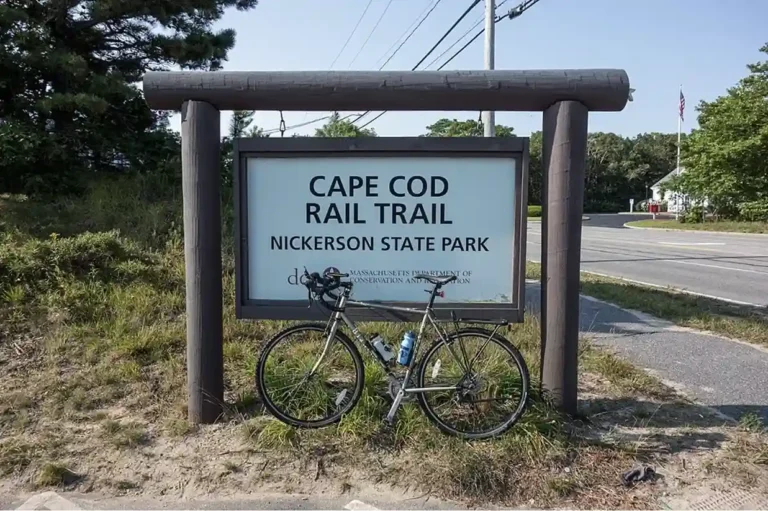
The Cape Cod Rail Trail is a 25-mile paved path stretching from South Dennis to Wellfleet, perfect for cyclists of all levels. Following an old railroad corridor, it weaves through woodlands, cranberry bogs, marshes, and charming towns, offering stunning scenery and plenty of shaded areas. Along the trail, riders can stop at local shops, restaurants, and beaches, with bike rentals easily available nearby.
Key highlights include Nickerson State Park in Brewster, with scenic ponds and picnic spots, and the Salt Pond Visitor Center in Eastham, a gateway to the Cape Cod National Seashore. Near Wellfleet, bikers can detour to explore its galleries, seafood restaurants, and small-town charm. The trail combines natural beauty, outdoor fun, and easy access to Cape Cod’s best spots.

Located in Chatham, the Monomoy National Wildlife Refuge is a haven for birdwatchers and nature enthusiasts. The refuge spans over 7,600 acres of protected barrier islands, salt marshes, and tidal flats, home to a variety of migratory birds, including piping plovers and herons. Visitors can enjoy scenic walks along quiet trails with breathtaking views of Monomoy Island and the surrounding waters, making it an excellent stop for those seeking tranquility and natural beauty.


The Wellfleet Drive-In Theatre, operating since 1957, offers a retro evening under the stars with double features of blockbuster and classic films. Visitors tune in via car radios and enjoy snacks from the on-site concession stand. Early arrivals can enjoy the mini-golf course and playground. Located near the Rail Trail, it’s a fun, family-friendly way to end a day of biking and exploring Cape Cod.

Cape Cod is a dream destination for those who love outdoor adventures, especially in and around the water. Whale watching in particular is a must-do experience. From April through October, Cape Cod’s coastal waters attract several species of whales that come to feed off the rich waters of Cape Cod Bay and Stellwagen Bank.
On a whale-watching tour, visitors may see humpback whales with their impressive breaches and finback whales, the second-largest whale species. Playful minke whales and, on rare occasions, the endangered North Atlantic right whale can also be spotted. Knowledgeable guides provide fascinating details about these gentle giants, making whale watching both an educational and awe-inspiring experience. Whale watching tickets cost adults 13+ $75, children (4-12) $55, and seniors (65+) $65.

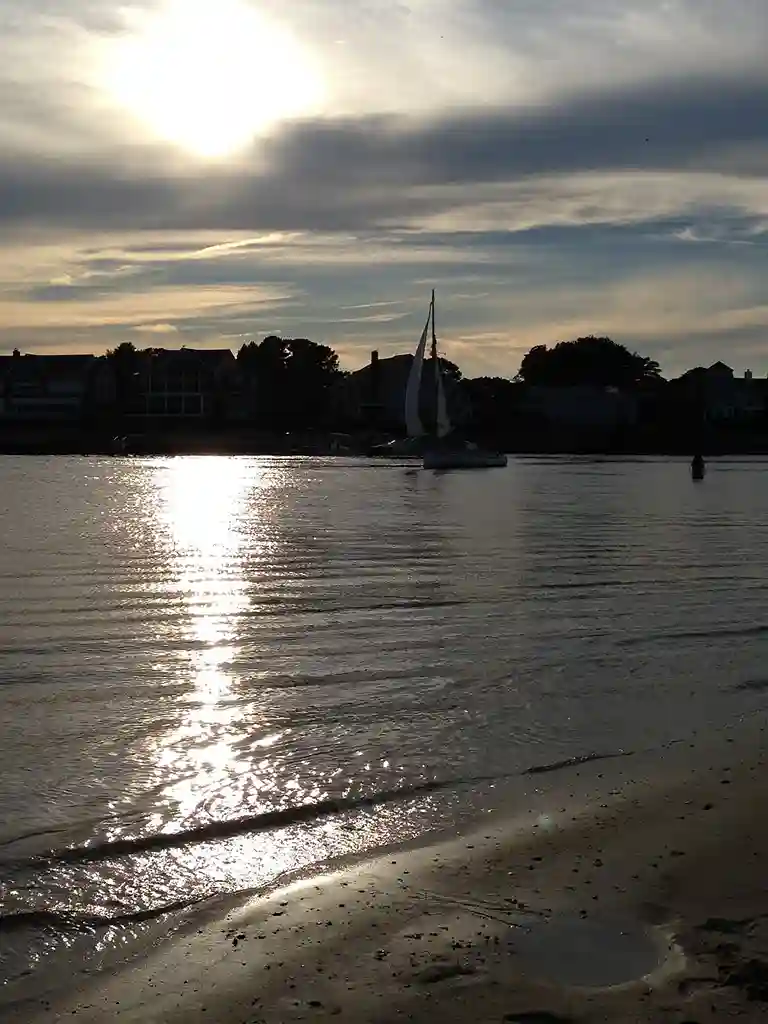
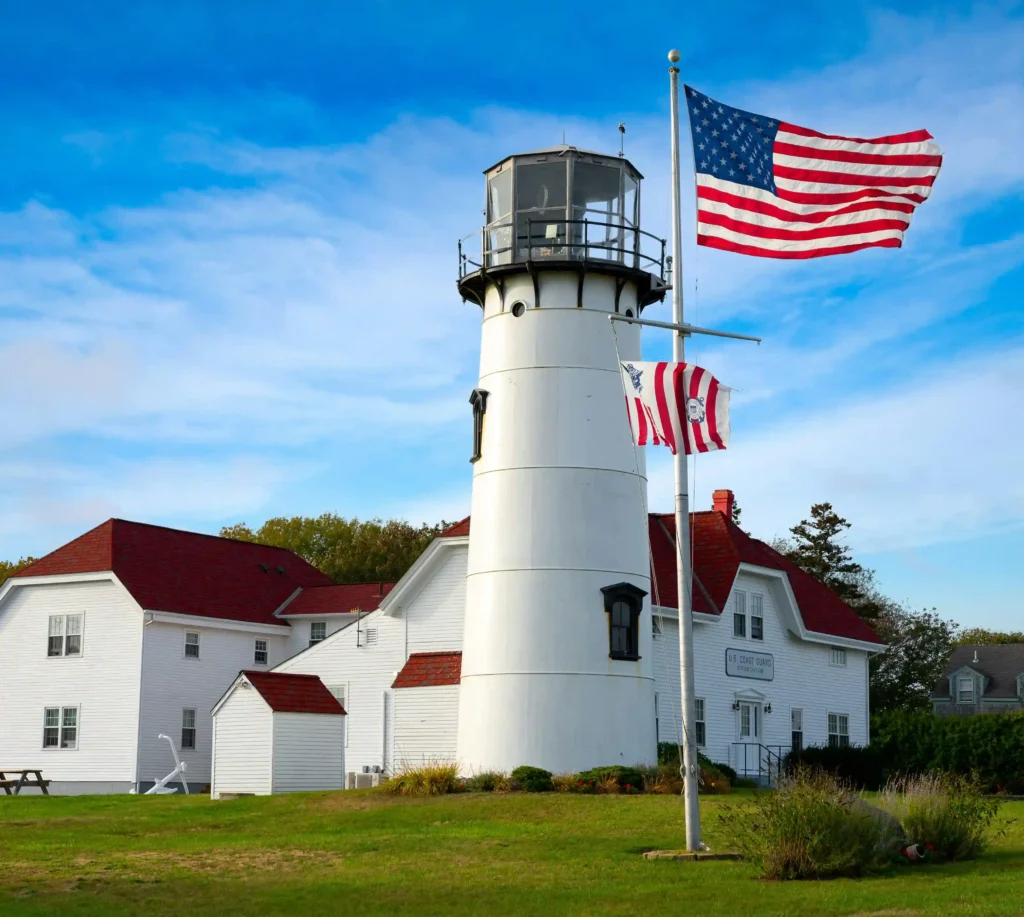
Cape Cod also boasts a range of water sports and outdoor activities:

There are a lot of things to do with your family as well.
Plymouth and Cape Cod blend history, natural beauty, and family-friendly activities, making them a must-visit destination. Explore the story of Thanksgiving at Plymouth Rock, Plimoth Patuxet Museums, and the Mayflower II, then head to Cape Cod for its stunning beaches, vibrant outdoor activities, and charming towns.
Families can enjoy the kid-friendly Mayflower Beach, while adventurers bike the Cape Cod Rail Trail or surf at Nauset Beach. Nature enthusiasts will love birdwatching at Monomoy National Wildlife Refuge, and nightlife seekers can visit Cahoon Hollow Beach for live music at The Beachcomber or stargazing. Don’t miss the nostalgic Wellfleet Drive-In Theatre for a retro movie experience.
From whale watching in Provincetown to kayaking along tranquil waters, Cape Cod offers something for everyone. Together, Plymouth and Cape Cod provide the perfect blend of history, relaxation, and coastal charm, creating lasting memories for every type of traveler.